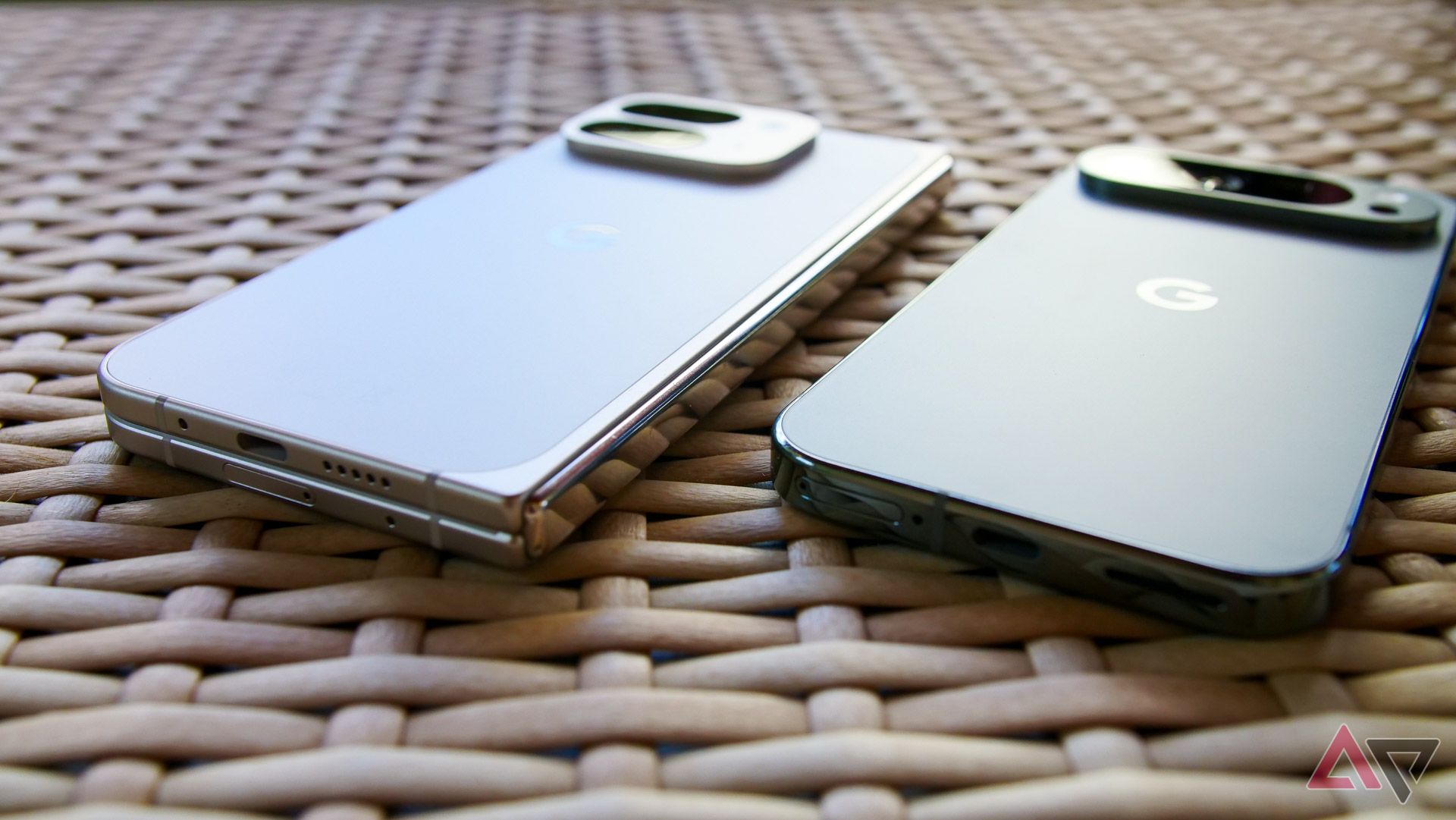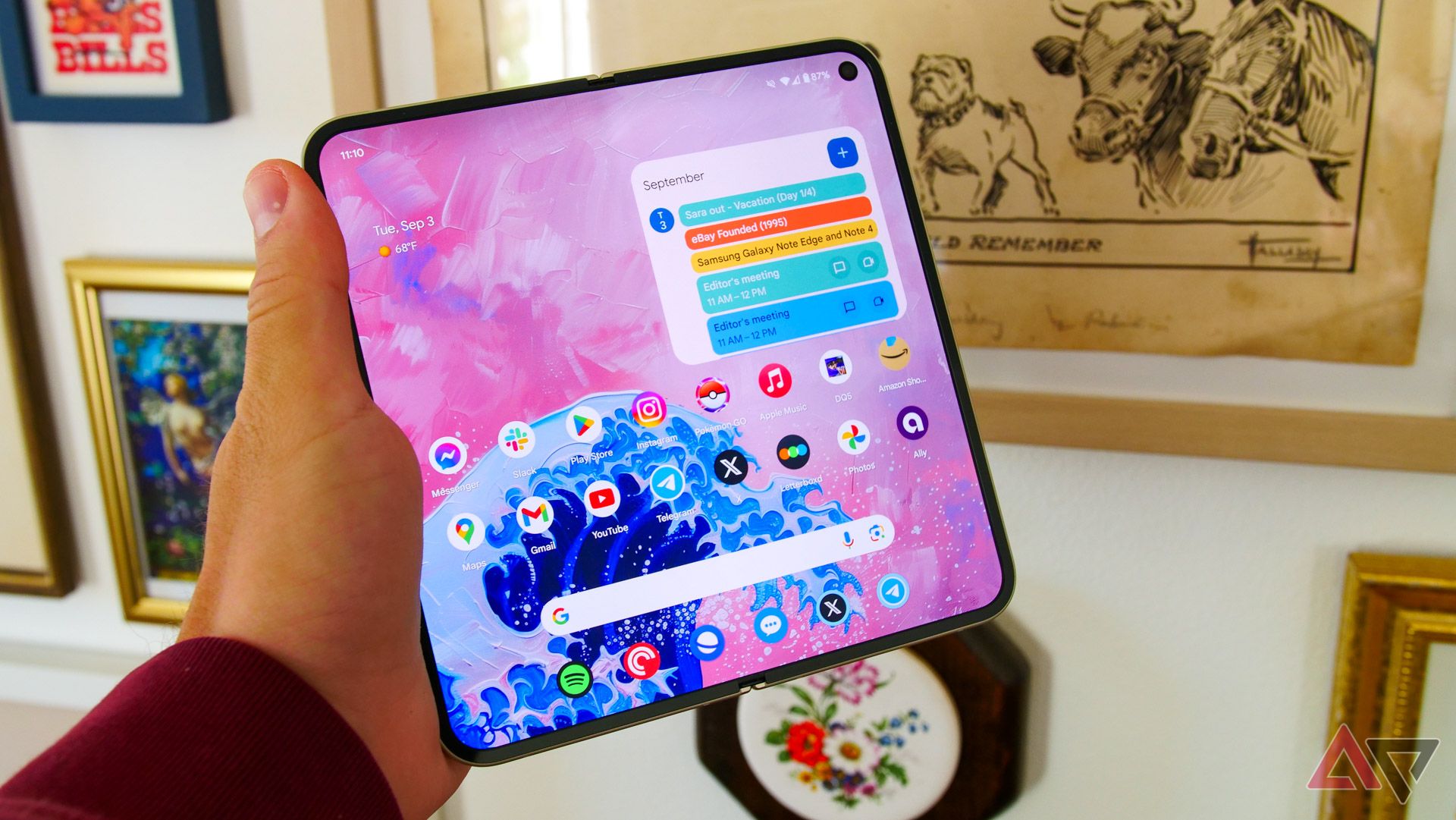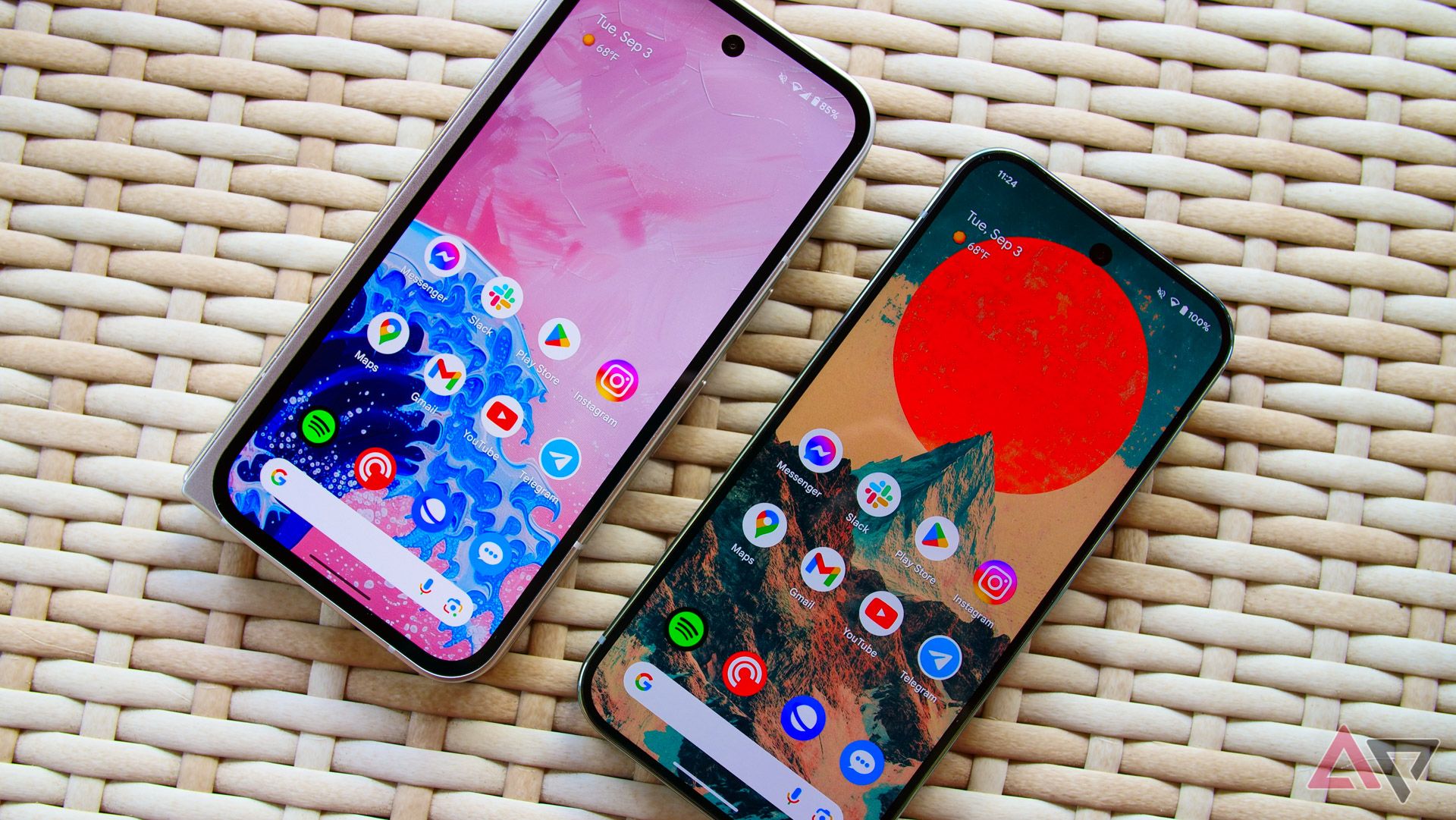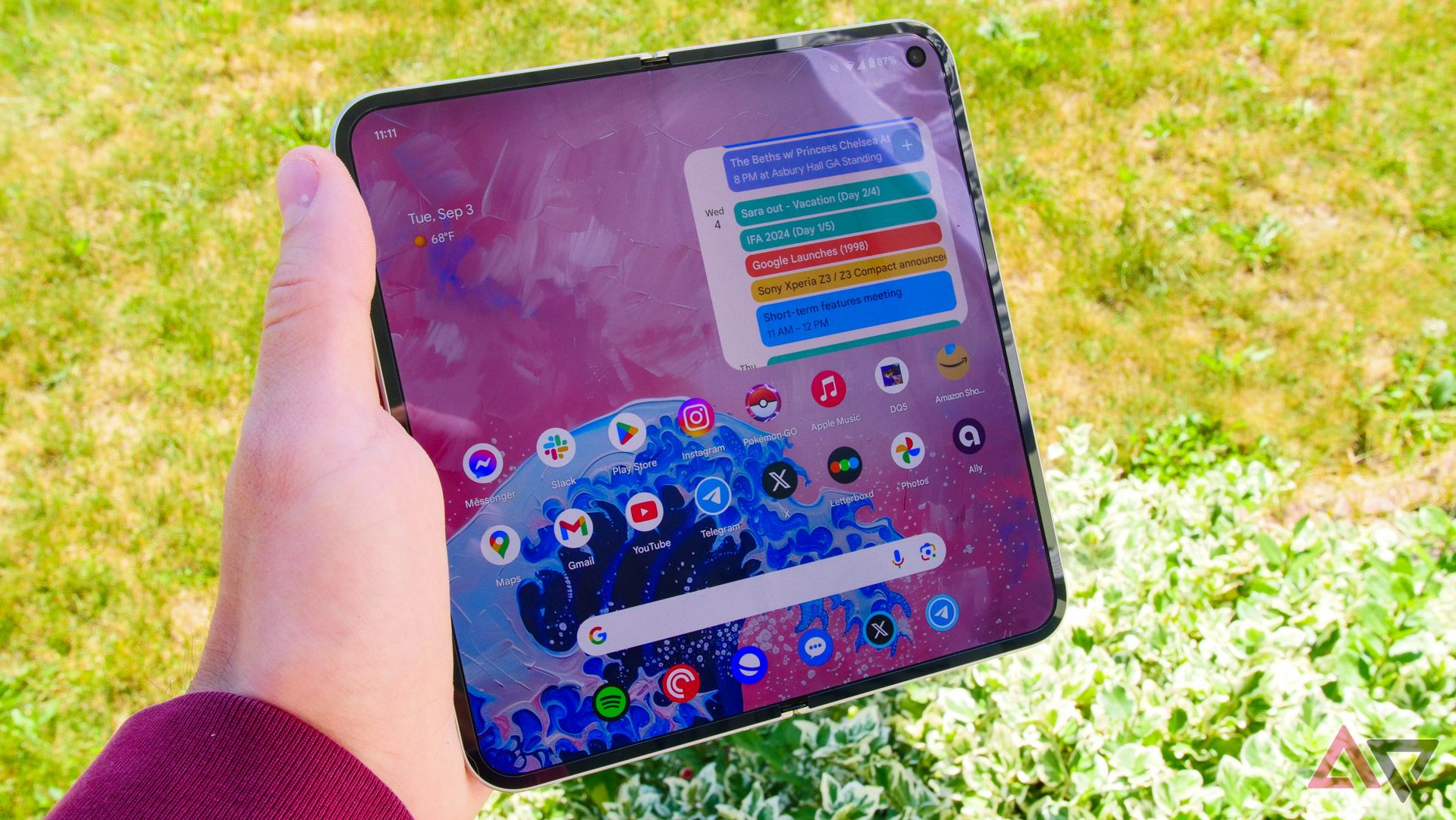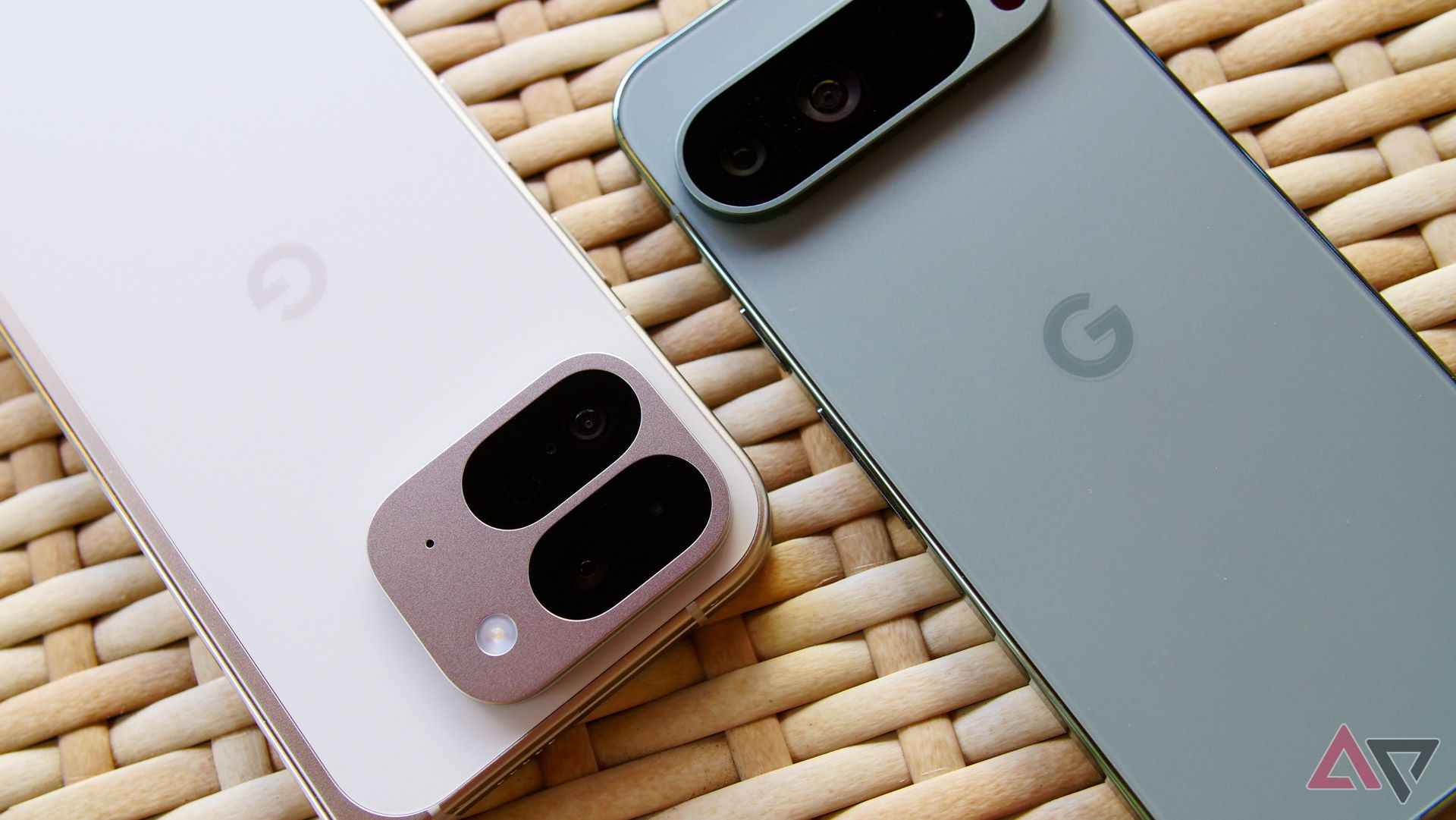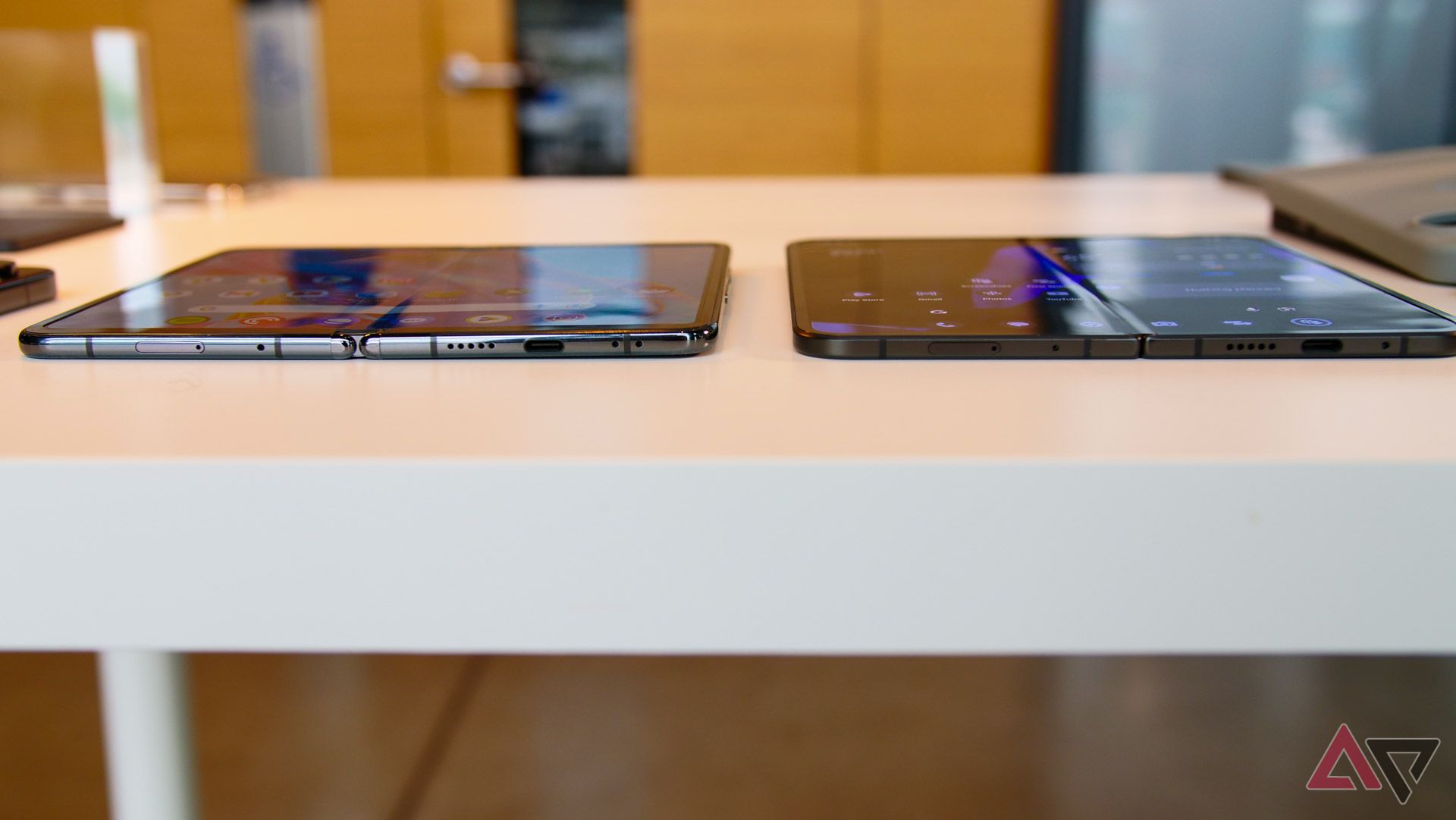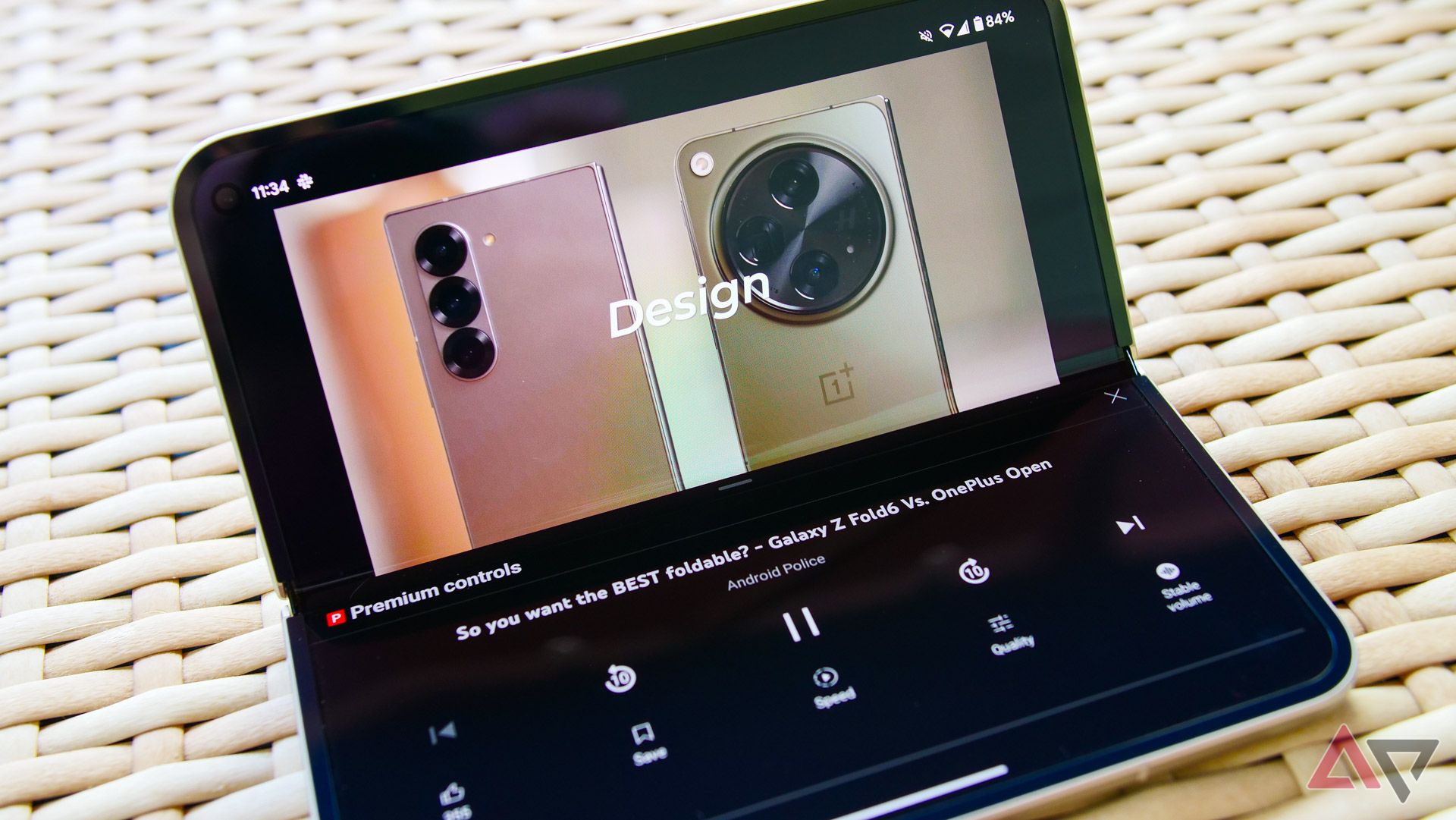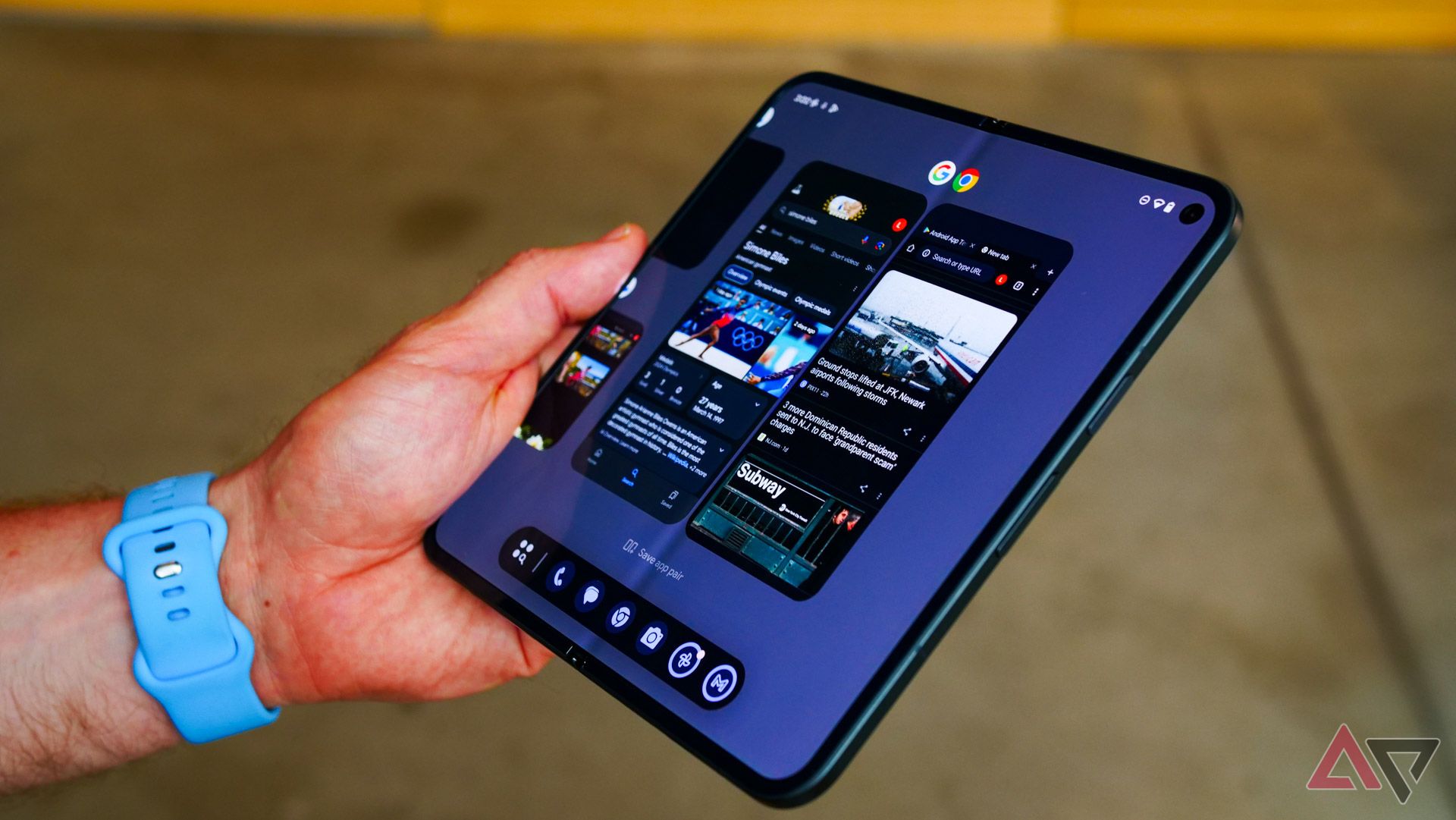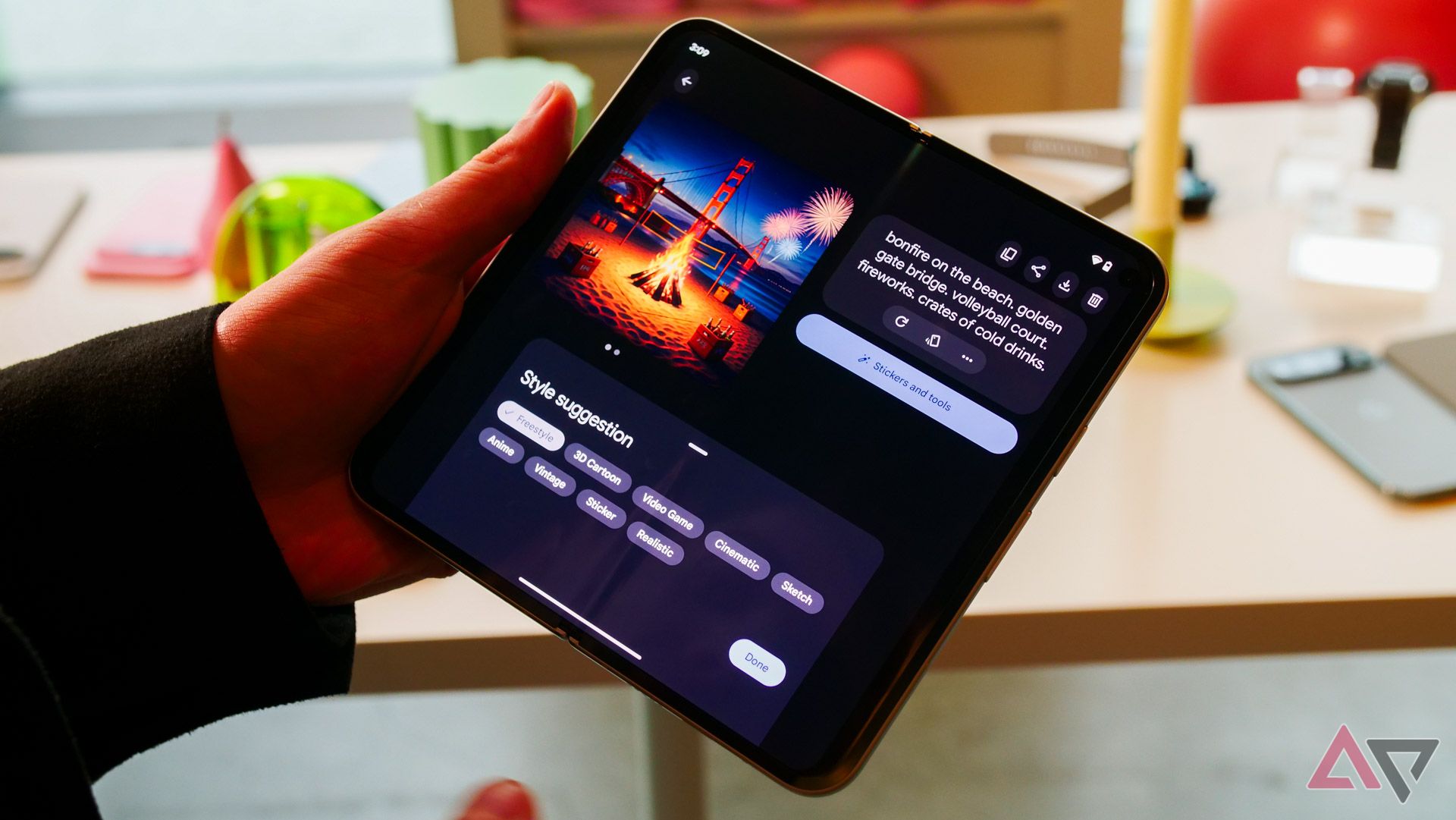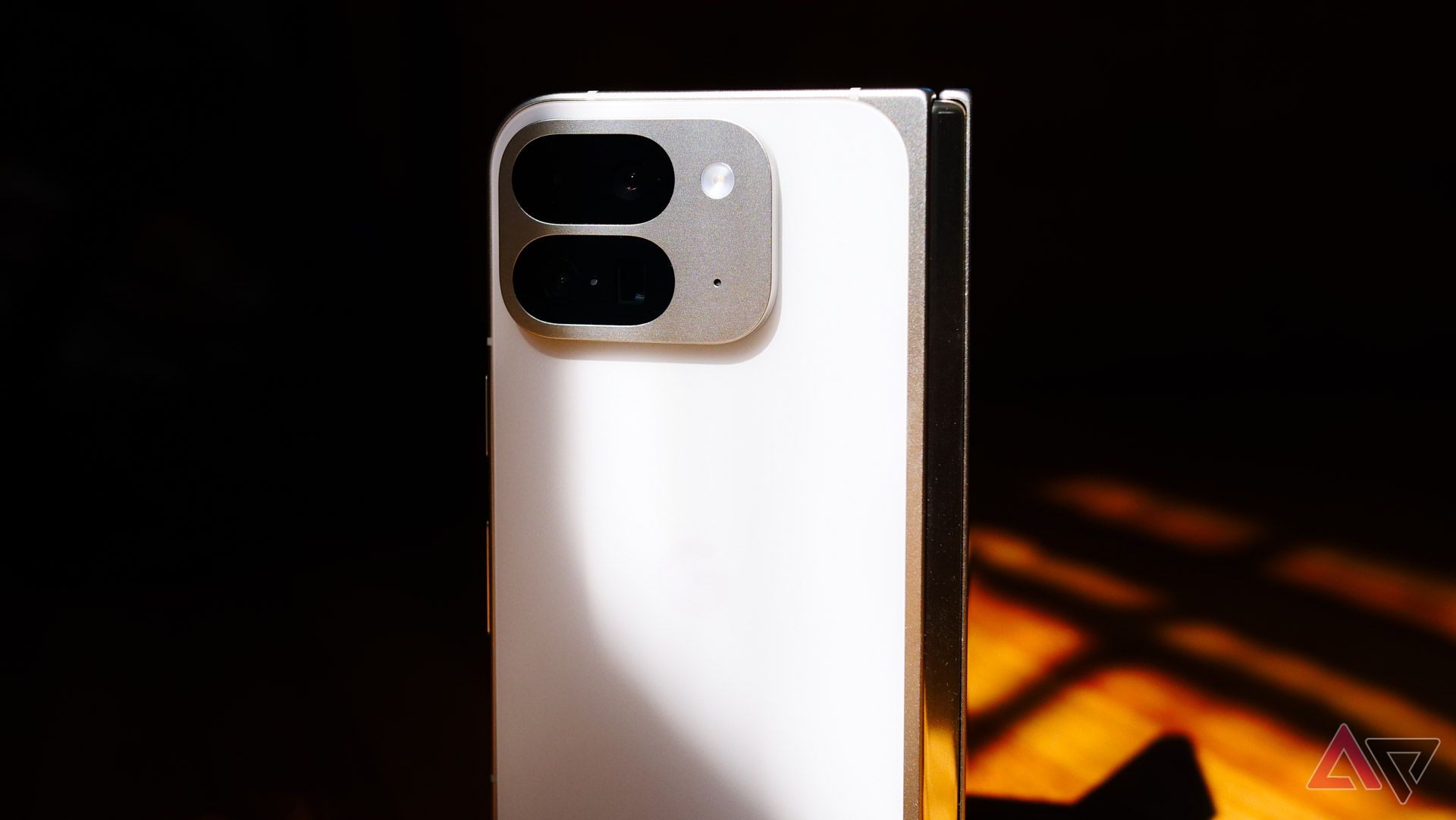Just a couple of weeks after Google launched its first couple of Pixel 9s into the wild, it’s time for us to turn our attention to the big boy. The Pixel 9 Pro Fold isn’t just a successor to last year’s Pixel Fold — it’s practically a reinvention in every way. I’ve had the device for nearly a week now, and while we aren’t ready to deliver a full review just yet (all in due time), here are the ten changes you need to know when jumping from the Pixel Fold to the Pixel 9 Pro Fold. Spoiler alert: even OG Fold owners might want to think about upgrading.
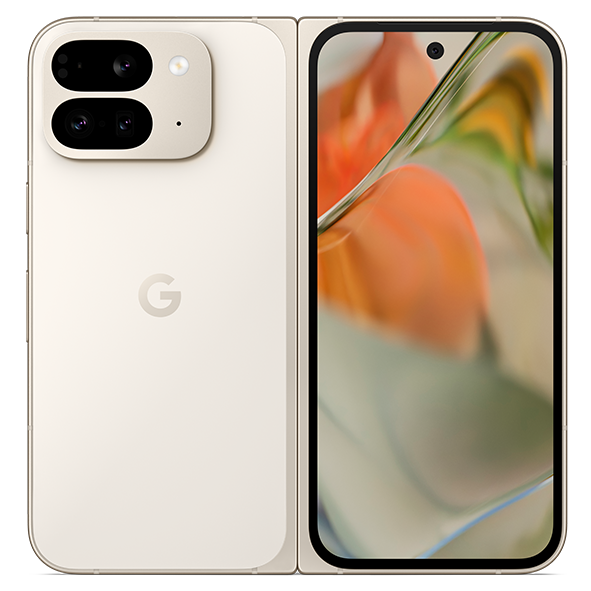
Google Pixel 9 Pro Fold
Google’s foldable series has a new name. The successor to the 2023-released Pixel Fold is the Pixel 9 Pro Fold, starting at $1,800. It boasts a bigger eight-inch Super Actua inner display, paired with a 6.3-inch outer display, and is powered by Google’s new Tensor G4 chipset. Paired with 16GB of RAM, it’s significantly faster — and more power-efficient — than its predecessor.
10 It’s the thinnest foldable you can (probably) buy
During its announcement, Google was quick to label the Pixel 9 Pro Fold as the thinnest folding phone on the market. That’s not exactly true — both Honor and Xiaomi have devices that are under 10mm thick when folded shut — but this claim does hold water in markets where you can actually buy Google’s new phone. Side by side with the 11.7mm OnePlus Open and the 12.1mm Samsung Galaxy Z Fold 6, the 10.5mm Pixel 9 Pro Fold feels absolutely svelte in comparison, even to the non-tech enthusiasts in my life who have held this device.
The result is the first North American foldable that feels thin enough to fit comfortably in most pockets. This is a big phone, don’t get us wrong, but considering its just two millimeters thicker than the Pixel 9 Pro XL, we’re finally slipping into standard smartphone territory when it comes to folding phone bulk. There’s a chance the Pixel 9 Pro Fold feels chunky in just a couple years’ time, but for now, this is as sleek and slim as you can (probably) buy.
9 It’s a lot lighter than the first-gen Pixel Fold
One of my biggest complaints about the original Pixel Fold — and believe me, I had plenty of complaints — came down to its weight. At 283 grams, Google’s first folding phone was one of the heaviest devices released in 2023, well above competitors like Samsung and OnePlus. And while both of those companies still offer lighter options than the Pixel 9 Pro Fold, at 257 grams, this phone is no longer uncomfortable to hold in one hand for long periods of time.
It’s not perfect, of course, and I hope Google continues to try and reduce the overall weight of its future foldables. But if you’ve been concerned about the original Pixel Fold’s weight, rest assured that this one is a lot more easy to manage.
8 Both displays have an all-new — yet undoubtedly familiar — aspect ratio
Google tried a unique approach with its first-gen Pixel Fold, delivering a wide cover display to allow for a book-esque interior display. The end result was a display that felt pretty similar to what Samsung had been using on its own foldables, only opening in landscape by default rather than portrait. This year, Google dropped that approach entirely, instead opting to go for something closer to the OnePlus Open’s squared design.
In fact, this design appears to be heavily inspired by OnePlus. From the outer 6.3-inch screen to its hinge, take it from someone who’s used the OnePlus Open a lot over the last 12 months — this phone feels really familiar. But thanks to the larger left-side bezel along the outside of the phone, Google managed to boost the main foldable display to a whopping 8 inches, and it’s a decision that really impacts how and when you choose to open the 9 Pro Fold.
7 Those displays look a hell of a lot better, too
It’s not just the shape that’ s new. One of the biggest problems with the original Pixel Fold was that its displays, well, weren’t very good. Maybe that’s not fair — the outer display was perfectly fine, if not quite as bright as the Actua-branded displays that would appear on the Pixel 8 series a couple of months after its launch. But the interior folding panel was absolutely terrible, delivering a reflective, plastic-like experience that only managed to look good in darker environments where tuning out imperfections was easy.
That experience is completely changed here. While I still prefer the matte approach OnePlus took with the Open, this panel feels more in line with what we’ve come to expect from Samsung’s best. It’s still got a pretty deep crease, and I would’ve preferred a matte bezel rather than the glossy border surrounding this screen, but really, these are nitpicks. Unlike with the original Pixel Fold, the Pixel 9 Pro Fold has a screen you can actually use outdoors, and that’s all that matters. What a relief.
6 A new camera bump that feels unique from Pixel
This year, the Pixel 9, Pixel 9 Pro, and Pixel 9 Pro XL all have camera bumps that feel inspired by last year’s Pixel Fold. So, naturally, the Pixel 9 Pro Fold deviates from the pack, with a new rectangular module. While it might not look like the rest of its 2024 siblings, it does manage to retain some of that Pixel 9 magic, thanks to its dual pill-shaped camera modules. Frankly, though, I miss a wider camera bar — it would’ve left my finger somewhere to rest while using the phone.
As for how those cameras fare in daily use, you’ll have to wait for my full review. My earliest impressions leave something to be desired, especially compared to the Pixel 9 Pro I used for two weeks prior to swapping to Google’s foldable. Whether I’ll be more impressed in the days to come remains to be seen.
5 Google’s hinge feels smooth, sturdy, and opens completely flat
I hated the hinge on the original Pixel Fold. It felt stiff in the worst way possible and failed at what all foldables should be able to pull off without breaking a sweat: opening 180-degrees. Thankfully, Google got it right this time. This year’s hinge is tight enough to allow the phone to open at most angles, but glides open and shut without any problems. Throw it in tent mode, prop it up like a laptop, or turn it into an expansive 8-inch tablet — the choice is yours.
4 Tensor G4 keeps this phone from getting too hot
For all of my problems with the Pixel Fold, none frustrated me more than its processor issues. Tensor G2 was nearly an entire year old when Google released its first foldable, and its tendency to overheat in devices like the Pixel 7 Pro or Pixel 7a were well-known. Throwing a hot, inefficient chipset into a thinner chassis was down to cause problems, and indeed, I experienced some real headaches when it came to keeping the Pixel Fold cool.
Largely speaking, those problems are gone with Tensor G4. While I still think Google’s custom silicon runs a little hotter on average than the latest and greatest from Qualcomm, it’s a massive year-over-year improvement. The Pixel 9 Pro Fold does get warmer on average than the rest of the Pixel 9 lineup — again, you can thank the thinner chassis for that one — but so far, I have yet to feel the device become too hot to touch, or throttle performance to the point of becoming unusable. The same can’t be said for this phone’s predecessor.
3 Google’s foldable experience feels much more robust this year
Google spent much of the Pixel Fold’s first year rolling out new software features in an attempt to bring the software experience up to par with its competitors. While I still think Samsung and OnePlus provide a much more robust foldable experience — specifically when it comes to multitasking — the Pixel 9 Pro Fold feels feature-complete at launch.
Moving apps to the front display with a simple swipe, pinning the taskbar using a long-press shortcut, and app pairs that make it easy to reopen your favorite split-screen software are all great examples of how Google has thought about this big screen a little more carefully than in its previous generation. There are a couple of new additions, too, like Made You Look, which could become your favorite way to make your child smile before snapping a photo.
2 But this is still an AI-first phone
This might feel like a more fully-functioning foldable, but Google’s attention is still squarely aimed at AI. All of the tools we loved/hated/tolerated on the rest of the Pixel 9 lineup have made their way here. Gemini — and Gemini Live, of course — are a key component of the device, and Google’s new AI-powered weather app gets a big-screen layout that feels destined to arrive on a future Pixel Tablet successor. Pixel Screenshots is here too, giving you an easy way to dig through your collection of saved snapshots.
On the other hand, controversial image generation tools like Pixel Studio and Reimagine in Magic Editor are also here, and I’m sure they’ll continue to be as controversial as more and more users get their hands on them. While practically all of these apps are easily ignorable — if not uninstallable, much to my chagrin — Google wants you to think of AI when you think of Pixel. Whether that’s going to shake out for the company long-term remains to be seen, but it’s very much the reality of using the Pixel 9 Pro Fold.
1 Excited to buy it? You’ll find it in a whole lot more places
The first-gen Pixel Fold was available in just four regions: the US, UK, Germany, and Japan. With its successor, Google is opening up its folding phone experience to a lot more places — though, unfortunately, it’s not quite as widely available as the rest of the Pixel 9 trio. Starting September 4th, you’ll be able to buy the Pixel 9 Pro Fold in (deep breath) Australia, Austria, Belgium, Canada, Denmark, Finland, France, Germany, Ireland, Japan, Netherlands, Norway, Singapore, Sweden, Switzerland, Taiwan, the UK, and the US (with the exception of Puerto Rico).
It’s a much larger launch for a phone that actually feels ready for primetime — let’s just hope you can find it in stock. I’ll have much more to say in AP’s full Pixel 9 Pro Fold coming soon, and I’ll have even more thoughts coming later today.

Google Pixel 9 Pro Fold
Google’s foldable series has a new name. The successor to the 2023-released Pixel Fold is the Pixel 9 Pro Fold, starting at $1,800. It boasts a bigger eight-inch Super Actua inner display, paired with a 6.3-inch outer display, and is powered by Google’s new Tensor G4 chipset. Paired with 16GB of RAM, it’s significantly faster — and more power-efficient — than its predecessor.
Source link
